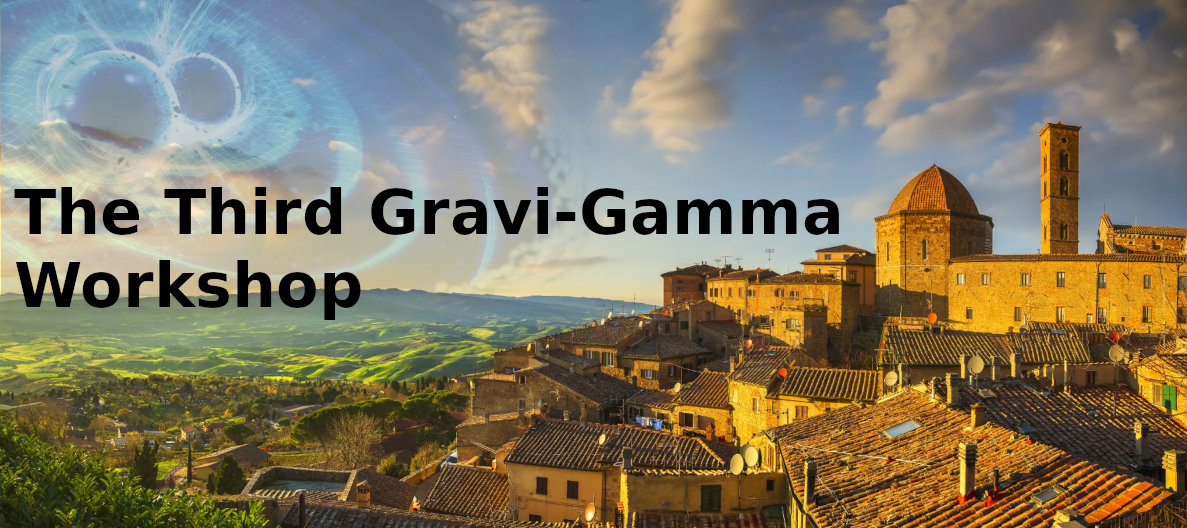Speaker
Description
The standard gamma-ray burst (GRB) afterglow model is based on the deceleration of an ultra-relativistic jet in the circumburst medium. It predicts a simple power-law decline of multi-wavelength and long-lived emission following the prompt emission. The X-ray Telescope onboard the Neil Gehrels Swift Observatory has discovered several features in the afterglow light curves which deviate from the standard approach. These features in the X-ray afterglow emission include the initial steep decline, long-lasting flat segments (plateau) and bright X-ray flares. In the newly established multi-messenger astronomy with gravitational waves, it is extremely important to understand the observations from the geometry of the jet. This will allow us to model the most common multi-messenger scenario, i.e. what we will observe off-axis. I will discuss the zoo of models for the X-ray afterglow emission and their predictions for the off-axis observers. I will also discuss newly discovered GeV emission in association with the compact binary merger (GRB 211211A), which is also in excess with the standard afterglow emission model.

